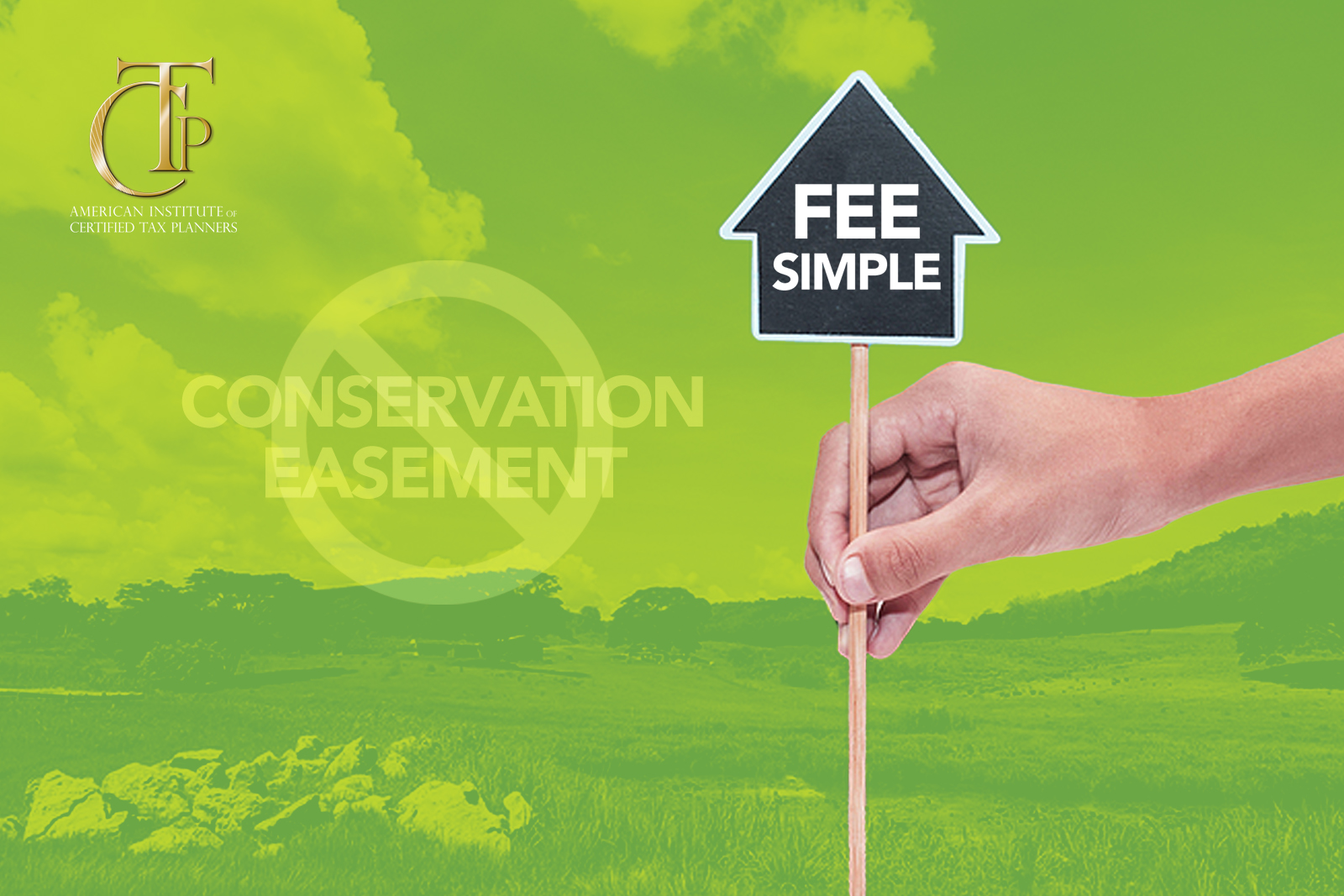For the investment-focused landowner, conservation easements have served as a means to a substantial tax break. A conservation easement is when a landowner agrees to permanently limit their use of the land or ability to make changes to the buildings on it. This conservation may have environmental goals, such as improving water quality or forest growth, or historical purposes, such as maintaining a building’s façade.
Aside from its philanthropic value, conservation easements have been appealing to many landowners because donating their land qualified them for a federal tax deduction. The value of that deduction is equal to the difference between the fair market value of the property before and after the easement takes effect.
To secure this tax deduction, some investors have even gone the route of forming a partnership to purchase land and then donate it as a charitable contribution. This is referred to as a syndicated easement, which became a special target for IRS crackdowns in recent years. Unfortunately for aspiring investors, at the end of 2022, the IRS made adjustments to the rules that essentially rendered the syndicated easement strategy impractical:
- Landowners are now bracketed by a three-year hold before land can be put into a trust and therefore be considered a conservation easement for tax purposes.
- Deductions are now limited to 2.5 times the property value based on its “highest and best use.”
Fortunately for any taxpayers who already invested in a conservation easement the IRS did not include a lookback function, so the changes only apply to easements that took effect on or after December 29, 2022.
With these changes, what options are left to landowners looking for tax savings?
Using the Fee Simple
In light of the changes to conservation easements, a substitute tax strategy is the fee simple. A fee simple basically means that a landowner has permanent and absolute ability to dispose of their land and all properties on it at will. As long as the landowner complies with zoning laws and any other legal requirements, they can build or tear down anything they want on their land, and they can sell the land and its buildings whenever they want.
To better understand this strategy, let’s compare the fee simple with conservation easements. With a syndicated conservation easement, you would buy into a partnership, and that partnership would purchase a piece of property. When the partnership donates the land as a conservation easement, they receive a tax deduction for their charitable contribution. In this scenario, the partnership still technically owns the land, but they have relinquished all development rights.
A fee simple is similar in many ways and can also begin with a partnership purchasing and then donating a piece of land. The difference is that the land is donated via a fee simple title transfer. In this case, the partnership is giving up all rights to the land. Going forward, the charity would have full ownership and be able do whatever they want with the land. In exchange, the previous landowner would receive a tax deduction for their charitable contribution.
Here’s an example of how a fee simple strategy might play out. Let’s say we have a married couple filing jointly that has an adjusted gross income (AGI) of one million dollars. In a fee simple, you can deduct up to 30% of your adjusted gross income. So if this couple donates their land to charity and that land is valued high enough, the couple would be allowed to reduce their AGI by up to $300,000.
Finding the “Highest and Best Use”
When it comes to land ownership tax strategies, another important concept to understand is the “highest and best use” of land. This is the idea of determining the maximum potential of a property and is used in real estate appraisal to set the market value of a property. Appraisers often use four tests in identifying this use:
- Legally permissible: This takes into consideration zoning laws and other regulations for land use.
- Physically possible: Not every property is suitable for a condominium, just as not every property can be turned into a mining pit.
- Financially feasible: The use of the property should suit the demographics and market of the surrounding area.
- Maximally productive: Lastly, the use of the property should optimize its potential.
The results of this evaluation can vary widely. Some land may be best suited for real estate developments, while others are better suited for more niche projects like mining pits or ground mounts for solar panel systems. In other cases, a partnership may donate the land to a 501(c)(3) land preservation company or land trust that will keep it as open space.
Summary
Tax professionals who counted on conservation easements as a tax strategy may have found themselves uncertain about the next step. As the IRS cracks down on syndicated conservation easements, the fee simple strategy acts as a great alternative with some additional sacrifice but many of the same benefits. Though it does require giving up ownership of the land, for any investor looking for the tax deduction, the fee simple strategy may still be their best bet. To stay up-to-date on changes in tax law and continue to offer the best tax strategies to your clients, sign up to begin training as a Certified Tax Planner today.





